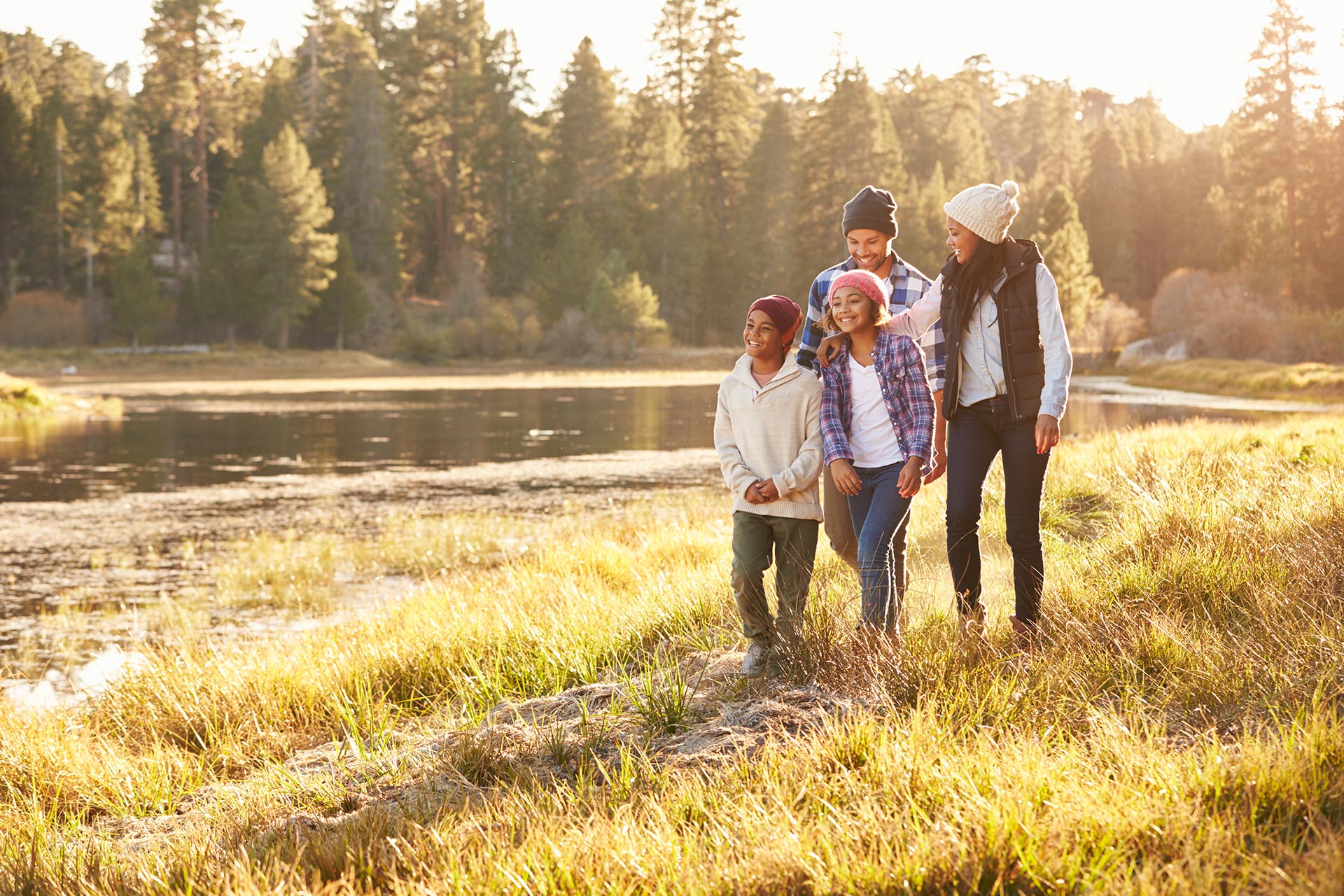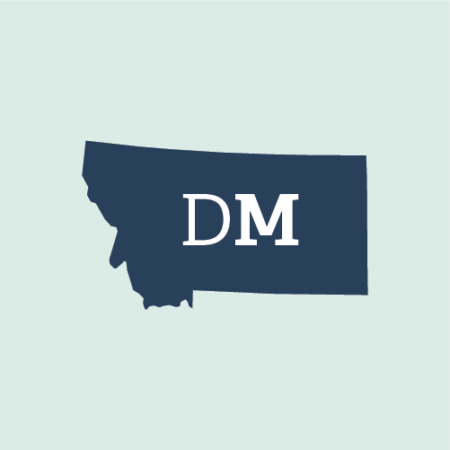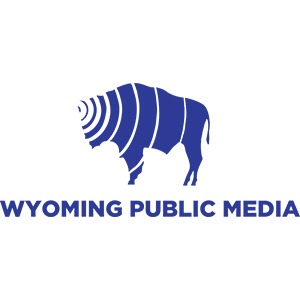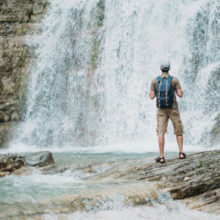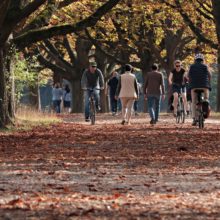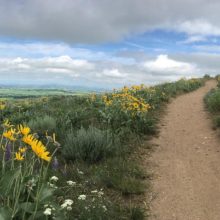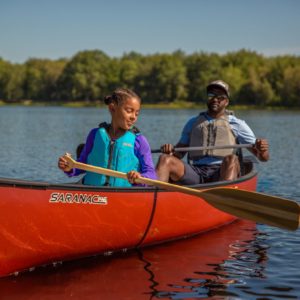This post was originally published in 2019 and was updated in December 2024 to reflect the latest data.
The outdoor recreation economy is a significant and growing contributor to the U.S. economy, as measured by the Outdoor Recreation Satellite Account (ORSA), produced by the Bureau of Economic Analysis of the U.S. Department of Commerce. (Read more about the data sources, methods, and definitions used in this post.)
In 2023, the outdoor recreation economy generated $1.2 trillion dollars in economic output. The value added from this sector was $640 billion, representing 2.3% of the nation’s gross domestic product (GDP). This is more than three-and-a-half times the size of air transportation, three-and-a-half times the size of motor vehicle manufacturing, two times the size of agriculture and forestry, and one-and-half times the size of oil and gas development and mining.
In this post we highlight the value-added metric, which subtracts the cost of inputs like labor and raw materials from gross economic output, as it is the measure most comparable to the national GDP.
The outdoor recreation economy contributes to GDP in every state. Hover over or click on your state below to learn more about outdoor recreation’s contributions to GDP, jobs, and wages.
The outdoor recreation economy has largely recovered from the pandemic and has grown since in nearly every state. Explore trends for your state below.
Subscribe to our newsletter!
Data Sources, Methods, and Definitions
These analyses are based on estimates produced by the Bureau of Economic Analysis (BEA) of the U.S. Department of Commerce of the contribution to the economy by outdoor recreation, called the Outdoor Recreation Satellite Account. Dollar values are in terms of the contribution of outdoor recreation to national and state GDP, presented in inflation-adjusted (2023) dollars.
BEA’s Outdoor Recreation Satellite Account (ORSA) provides an estimate of the outdoor recreation economy’s contribution to national and state Gross Domestic Product (GDP). BEA also provides estimates in terms of gross output, compensation, and employment estimates for the outdoor recreation economy. Read more about BEA’s ORSA methodology.
To help users understand the relative size of the outdoor recreation industry, stated in terms of its contribution to Gross Domestic Product, we have listed outdoor recreation next to several well-known and highly visible sectors of the economy. Data for the contribution to GDP from other industries were obtained from BEA’s estimates of GDP contribution by industry. Names were condensed for brevity:
- Motor vehicle manufacturing is BEA’s “Motor vehicles, bodies and trailer, and parts manufacturing.”
- Oil, gas, and coal is BEA’s “Petroleum and coal manufacturing.”
- Air transportation is BEA’s “Other transportation equipment manufacturing .”
- Performing arts is BEA’s “Performing arts, spectator sports, museums, and related activities.”
Definitions
Gross Domestic Product (GDP) is defined as the market value of goods and services produced within the U.S. and consists of four components: consumer spending, plus business investment on fixed assets, plus government spending, plus the value of net exports (exports minus imports).
Outdoor recreation is defined by BEA to capture both conventional and broad conceptions of outdoor recreation. It includes traditional activities, like hiking and camping, and more casual outdoor activities like gardening and outdoor festivals.
Activities. Outdoor recreation is segmented into 22 activities by the BEA, and these are grouped into three categories: Conventional Outdoor Recreation, Other Outdoor Recreation, and Supporting Outdoor Recreation. For the purposes of this post, we ignore the broad categories and provide data for all 22 activities. Most are self-explanatory, but a few require some additional clarification, as described below. We also chose to combine a few activities due to space constraints.
- Snow Activities includes skiing, snowboarding, snowmobiling, dog mushing, tubing, and snow shoeing.
- Other Conventional consists of air sports, driving for pleasure, geocaching/orienteering/rock hounding, ice skating, inline skating, land/sand sailing, races, running/walking/jogging, skateboarding, and wildlife watching/birding. It also includes boardsailing/windsurfing, SCUBA diving, snorkeling, stand-up paddling, surfing, tubing, wakeboarding, water skiing, and whitewater rafting.
- Other Non-Conventional consists of agritourism, augmented reality games, beachgoing, disc golf, hot springs soaking, kite flying, model airplane/rocket/UAV, paintball, photography, stargazing/astronomy, swimming, therapeutic programs, water polo, and yard sports.
- Apparel and Accessories is a combined category that includes BEA’s category Multiple-use Apparel and Accessories (Conventional) plus the BEA’s category Multiple-use Apparel and Accessories (Other). These combined categories include backpacks, bug spray, coolers, general outdoor clothing, GPS equipment, hydration equipment, lighting, sports racks, sunscreen, watches, and other miscellaneous gear and equipment.
- Productive Activities consists of gardening, beekeeping, foraging, and panning for ore.
- Trips include expenses for food and beverages, lodging, shopping and souvenirs, and transportation.
- Games (incl. golf, tennis, basketball, swimming) combines the two BEA activities “Game Areas” and “Other Non-Conventional.”
- Motorcycling/ATVing/Recreational Flying combines the two BEA activities “Motorcycling/ATVing” and “Recreational Flying.”
- Sporting Events/Concerts/Amusement Parks combines the two BEA activities “Amusement Parks/Water Parks” and “Festivals/Sporting Events/Concerts.”
Industries. Jobs by industry are listed according to the BEA Regional Economic Accounts. Some names have been shortened for brevity and include:
- Education, Health Care is BEA’s “Educational services, health care, and social assistance.”
- Arts, Hotels, Food Services is BEA’s “Arts, entertainment, recreation, accommodation and food services.”
- Professional Services is BEA’s “Professional and business services.” Examples include architecture, engineering, consulting, research, advertising and accounting.
- Other consists of finance, insurance, information, utilities, mining, and agriculture.
